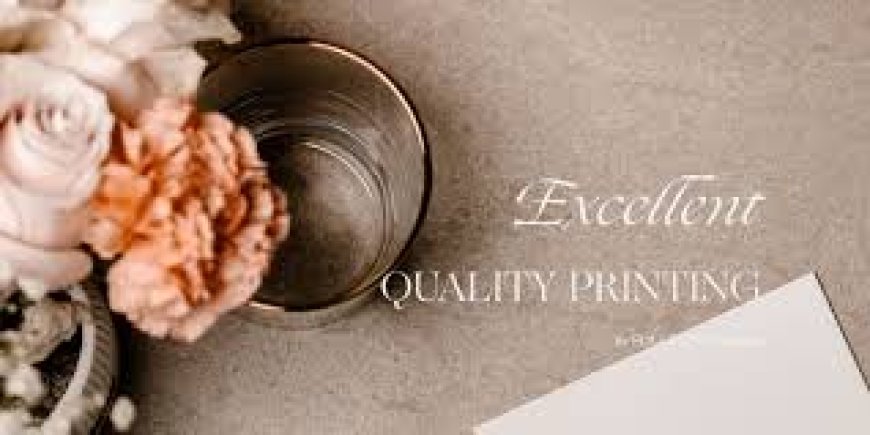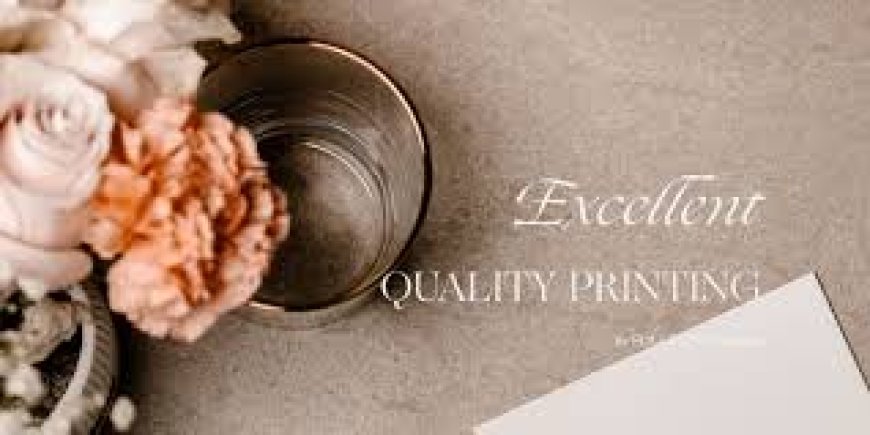The Art of Crafting the Perfect Wedding Card
พิมพ์การ์ดแต่งงาน ทุกสไตล์ทุกธีมสี - มินิมอล เรียบหรู วินเทจ สวยๆ เก๋ๆ งานแต่งเช้า/เย็น ไทย จีน อิสลาม ออกแบบฟรี ซองการ์ด5x7 ออนไลน์ ราคาถูก

In a world filled with digital communication, the tradition of sending a physical wedding card still holds a unique charm. Wedding cards are not just a formal invitation; they are the first impression of your big day, a keepsake that reflects the couple's personality, and a cherished memory for the recipients. Crafting the perfect wedding card involves more than just choosing a design and adding text; it's about creating a piece of art that resonates with both the couple and the guests.
Choosing the Right Design
The design of a wedding card is the first thing that catches the eye. It sets the tone for the entire wedding, hinting at the theme, formality, and style of the event. Whether you’re opting for a classic, modern, or whimsical design, it’s essential to choose one that aligns with your wedding theme.
-
Classic Designs: Traditional designs often feature elegant fonts, intricate patterns, and muted color palettes. These are ideal for formal weddings held in grand venues like ballrooms or historic buildings.
-
Modern Designs: For a contemporary touch, modern designs may include bold fonts, minimalist layouts, and vibrant colors. These are perfect for weddings with a more relaxed or trendy vibe.
-
Whimsical Designs: If your wedding has a playful or unique theme, whimsical designs with hand-drawn elements, quirky fonts, and fun colors might be the way to go.
The design also includes the choice of paper. High-quality cardstock gives a luxurious feel, while recycled paper can add an eco-friendly touch. The texture and finish, whether matte, glossy, or textured, further enhance the card's appeal.
Personalizing the Content
The content of the wedding card is just as important as the design. It conveys crucial information and sets the tone for the day. Here are some key elements to consider:
-
Names and Details: Clearly state the names of the couple, the date, time, and venue of the wedding. Make sure the names are spelled correctly and that the details are accurate.
-
Wording: The wording should reflect the formality of the event. For a formal wedding, traditional wording such as "Request the honour of your presence" is common. For a more casual event, you might opt for something like "Join us in celebrating our special day."
-
Special Instructions: If there are specific details that guests need to know, such as dress code, accommodation, or directions, include these in a separate enclosure or on the back of the card.
Personalization adds a special touch. Incorporating elements like a monogram, a favorite quote, or a custom illustration can make the card uniquely yours. Many couples also include a photograph or an engagement shot, adding a personal connection with the guests.
Adding Decorative Elements
Decorative elements can transform a simple wedding card into something truly memorable. These can range from subtle touches like embossing or foiling to more elaborate additions like ribbons, wax seals, or even pressed flowers.
-
Embossing and Foiling: These techniques add texture and shine to the card, making it stand out. Gold, silver, or rose gold foiling is particularly popular for adding a touch of elegance.
-
Ribbons and Seals: A ribbon tied around the card or a wax seal on the envelope adds a classic, sophisticated touch. These elements are particularly suited to vintage or formal weddings.
-
Custom Illustrations: If you’re looking for something truly unique, consider commissioning a custom illustration. This could be a sketch of the venue, a portrait of the couple, or a design that reflects the wedding theme.
These decorative elements not only enhance the aesthetic appeal but also make the card a keepsake that guests are likely to treasure.
Consideration for Cultural and Religious Traditions
Weddings are deeply rooted in cultural and religious traditions, and this often extends to the wedding cards. It’s important to be mindful of these traditions when crafting your card.
-
Religious Symbols and Texts: For couples from religious backgrounds, incorporating symbols or texts from their faith can add a meaningful touch. For example, Christian couples might include a Bible verse, while Hindu weddings might feature sacred symbols like the Om or Ganesh.
-
Cultural Motifs: Incorporating cultural motifs or traditional patterns can add richness and significance to the card. For instance, Asian wedding cards might feature intricate patterns like paisleys or florals, while African-inspired designs might include vibrant colors and bold patterns.
Being respectful of these traditions and incorporating them thoughtfully ensures that the card resonates not only with the couple but also with their families and communities.
Sustainability and Eco-Friendly Options
In today’s environmentally conscious world, many couples are opting for eco-friendly wedding cards. There are several ways to make your wedding card more sustainable without sacrificing style or elegance:
-
Recycled Paper: Choosing recycled or FSC-certified paper is a simple way to reduce the environmental impact of your wedding cards.
-
Plantable Cards: Some companies offer plantable wedding cards embedded with seeds. After the wedding, guests can plant the card, and it will grow into flowers or herbs—a beautiful and sustainable keepsake.
-
Minimalist Design: A minimalist design with less ink, fewer embellishments, and a single-page layout can reduce waste while still looking chic and modern.
By choosing sustainable options, you not only create a beautiful card but also contribute to a more eco-friendly celebration.
Digital Elements and Modern Trends
While the traditional wedding card remains popular, many couples are now incorporating digital elements into their invitations. This can range from QR codes that link to the wedding website to fully digital invitations sent via email.
-
Wedding Websites: A wedding website is a great way to provide guests with additional information. The card can include a link or QR code to the website, where guests can find details about the venue, RSVP, or view the registry.
-
Digital RSVPs: Some couples prefer to streamline the RSVP process by including a QR code or link to an online RSVP form. This not only saves paper but also makes it easier to keep track of responses.
-
Hybrid Invitations: A growing trend is the use of hybrid invitations—sending a beautifully designed digital card alongside a traditional printed one. This allows you to reach all your guests, regardless of their preferred communication method.
These modern touches can complement the traditional aspects of your wedding card, ensuring that it caters to a wide audience while still maintaining a sense of occasion.
Conclusion
Creating the perfect wedding card is an art that combines design, personalization, tradition, and modernity. It’s the first glimpse your guests will have of your special day, and it’s a keepsake that will be cherished for years to come. By carefully choosing the design, wording, and decorative elements, and considering cultural and environmental factors, you can craft a wedding card that perfectly encapsulates the essence of your celebration. Whether you opt for a classic design or something more modern, the most important thing is that your wedding card reflects the love and joy of your union.
For more visit การ์ดแต่งงาน














